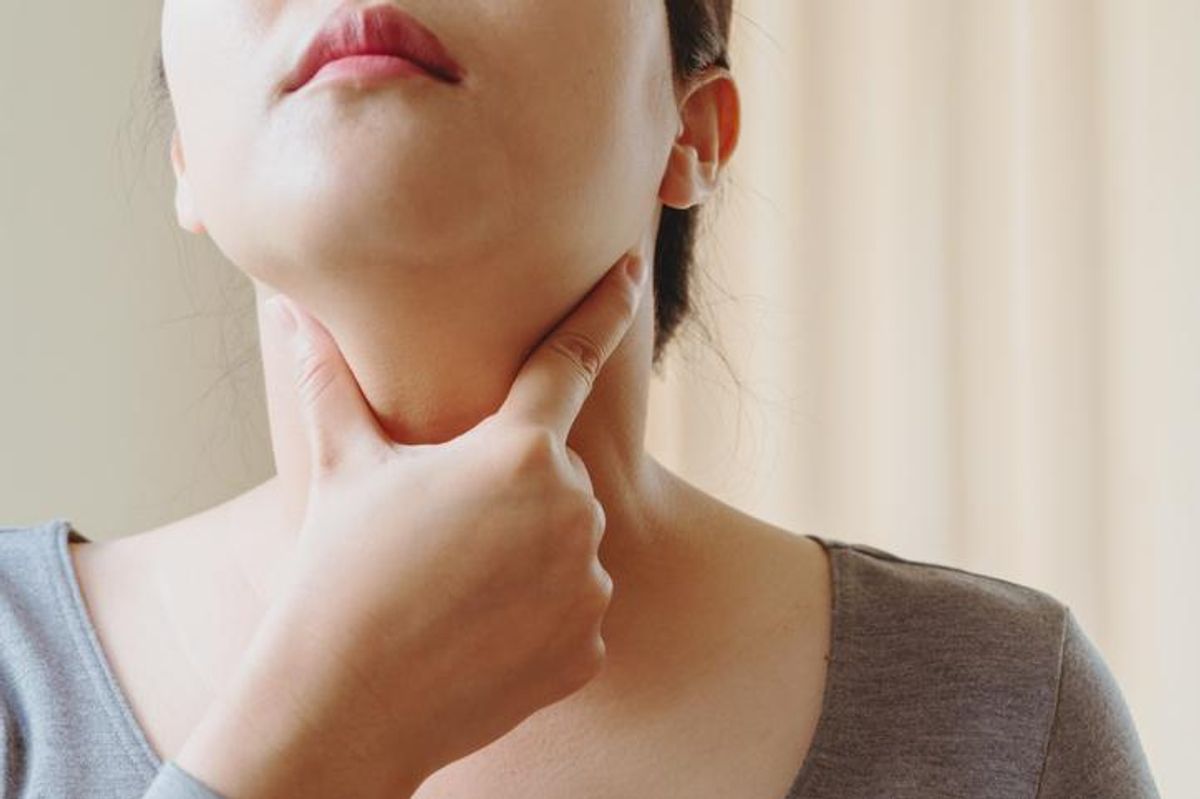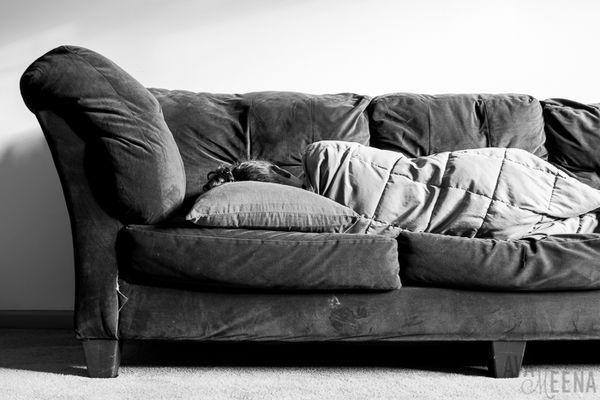Medically reviewed by Connie Newman, M.D.
What is hypoparathyroidism?
Hypoparathyroidism happens when your parathyroid glands don’t make enough parathyroid hormone (PTH), which can cause significant changes to your physical health and well-being.
Your parathyroid glands are two pairs of small glands that sit behind and on the sides of the thyroid gland. They produce PTH to control the calcium and phosphorus levels in your body. PTH also helps produce vitamin D.

If your body isn’t making enough PTH, it takes calcium from your bones, kidneys and intestines and brings it to the blood to balance out the levels again. If this doesn’t occur, you may develop hypoparathyroidism.
What causes hypoparathyroidism?
Injury to or removal of the glands during neck or thyroid surgery are the most common causes of hypoparathyroidism.
Other causes of hypoparathyroidism can include:
- Having an autoimmune disorder
- Genetics or a family history
- Being born with a parathyroid condition
- Low magnesium levels in the blood
- Radiation of the head or neck, usually for cancer treatment
Hypoparathyroidism is also associated with diabetes, which could be the result of insulin resistance. In people without hypoparathyroidism, PTH increases a bone protein called osteocalcin, which may improve sensitivity to insulin and insulin secretion. Low osteocalcin (in hypoparathyroidism) may be associated with higher glucose levels.
Are women more likely to have hypoparathyroidism?
An estimated 60,000 to 80,000 people in the U.S. have hypoparathyroidism and three out of four of them are women.
According to a 2020 study, women under age 45 have an increased chance of hypoparathyroidism after thyroid surgery compared to men and postmenopausal women. The study showed that over 36% of women developed low calcium levels after having their thyroid surgically removed, compared to almost 24% of men.
Researchers aren’t sure why younger women have a higher chance of having hypoparathyroidism than men or postmenopausal women, but they think it may be because they have higher levels of estrogen in their blood.
What are the symptoms of hypoparathyroidism?
If you have hypoparathyroidism, you may notice symptoms, including:
- Muscle spasms, cramping or pain in the face, stomach, legs or feet
- Tingling feeling in your lips, fingers or toes (called paraesthesia)
- Headaches
- Dry hair and skin
- Hair loss
- Feeling weak
- Depression
- Painful menstrual periods
- Memory problems
How is hypoparathyroidism diagnosed?
Hypoparathyroidism is diagnosed with blood tests to check your calcium, phosphorus, magnesium and PTH levels. A urine test may also be done to determine if you are losing calcium in your urine.
How is hypoparathyroidism treated?
Current treatments for hypoparathyroidism address symptoms and not the cause of the disease, and typically involve taking supplements of calcium and vitamin D. This is because the goal is to restore healthy levels of calcium and phosphorus in the body.
If you have hypoparathyroidism, you may need much more calcium than what most people need and your healthcare provider can help you find the dose right for you.
Additionally,your body uses vitamin D to help absorb calcium. Normally, the body makes this active form of vitamin D when a vitamin D supplement combines with PTH. But if you have hypoparathyroidism, your body cannot do this itself. Instead, you need to take this active vitamin D as a medication.
In the long run, hypoparathyroidism and the treatment of it can cause complications such as problems with kidney function, kidney stones, cataracts and calcium deposits in the brain. These complications usually come from taking high doses of calcium long-term.
What new therapies for hypoparathyroidism are on the horizon?
Hormone replacement medication that restores normal PTH levels and is taken once a day, instead of many pills throughout the day, may help manage hypoparathyroidism better and improve the quality of life for those living with the condition.
In 2015, a human-made parathyroid hormone was approved for use in people with hypoparathyroidism when calcium and vitamin D don’t control their low calcium levels.
This option, however, was recently recalled, and the manufacturer plans to stop making it completely by 2024.
Fortunately, there are currently two new treatments in development and one being reviewed by the FDA.
How can you help improve hypoparathyroidism care?
Data collection is important for advancing the research and development of medications, devices and therapies. An online data collection platform has been created for people living with hypoparathyroidism and their caregivers. If you are living with or caring for someone who has hypoparathyroidism, visit the Rare X patient registry to help doctors and researchers improve hypoparathyroidism care.
Resources
HypoPARAthyroidism Association
This resource was created with support from the HypoPARAthyroidism Association, Inc.







